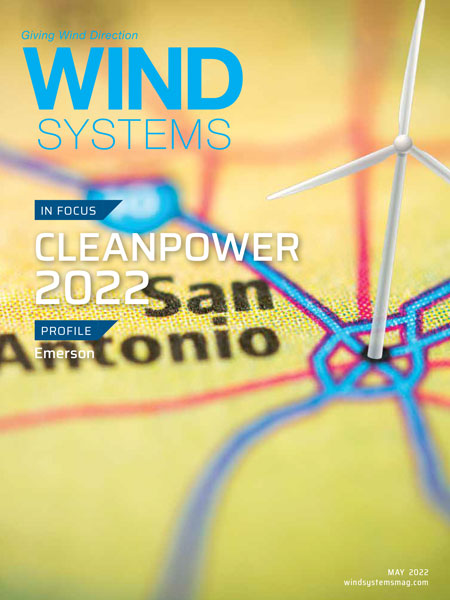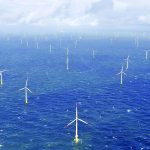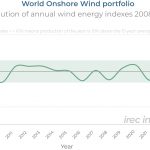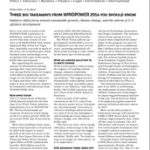Clean energy spending earmarked by governments in response to the COVID-19 crisis has risen by 50 percent over the past five months and now stands at more than $710 billion worldwide, though there are imbalances between regions, according to the latest update of the International Energy Agency’s Sustainable Recovery Tracker.
This unprecedented amount of enacted spending is more than 40 percent larger than the global green spending contained in the stimulus packages that governments enacted following the global financial crisis in 2008.
Advanced economies account for the bulk of this effort, with more than $370 billion intended to be spent prior to the end of 2023, a level of short-term government spending that would help keep the door open for the IEA’s global pathway to net zero emissions by 2050.
Across emerging and developing economies, however, the total amount of fiscal resources being dedicated to sustainable recovery measures is one-tenth of the amount in advanced economies, reflecting their very different financial and economic circumstances. In emerging and developing economies, about $52 billion of sustainable recovery spending is planned by the end of 2023, short of what is needed in a pathway toward the 2050 zero-emission goal. The gap is unlikely to narrow in the near term, as governments with already limited fiscal means now face the challenge of maintaining food and fuel affordability for their citizens amid the surge in commodity prices following Russia’s invasion of Ukraine.
“Countries where clean energy is at the heart of recovery plans are keeping alive the possibility of reaching net zero emissions by 2050, but challenging financial and economic conditions have undermined public resources in much of the rest of the world,” said Fatih Birol, the IEA Executive Director. “International cooperation will be essential to change these clean energy investment trends, especially in emerging and developing economies where the need is greatest.”
Even in advanced economies, some of the earmarked funds risk not reaching the market within their envisaged timelines. Delays in setting up government programs, ongoing supply chain disruptions, labor shortages, and financial uncertainty have clogged project pipelines.
In addition, consumer-facing measures — such as incentives for building retrofits and electric vehicles — are struggling to reach a wider audience because of issues including red tape and lack of information.“Governments who can remove red tape and quickly set up effective programs will be the ones to reap the benefits and position themselves in the new global energy economy that is emerging,” Birol said.
More info www.iea.org
































